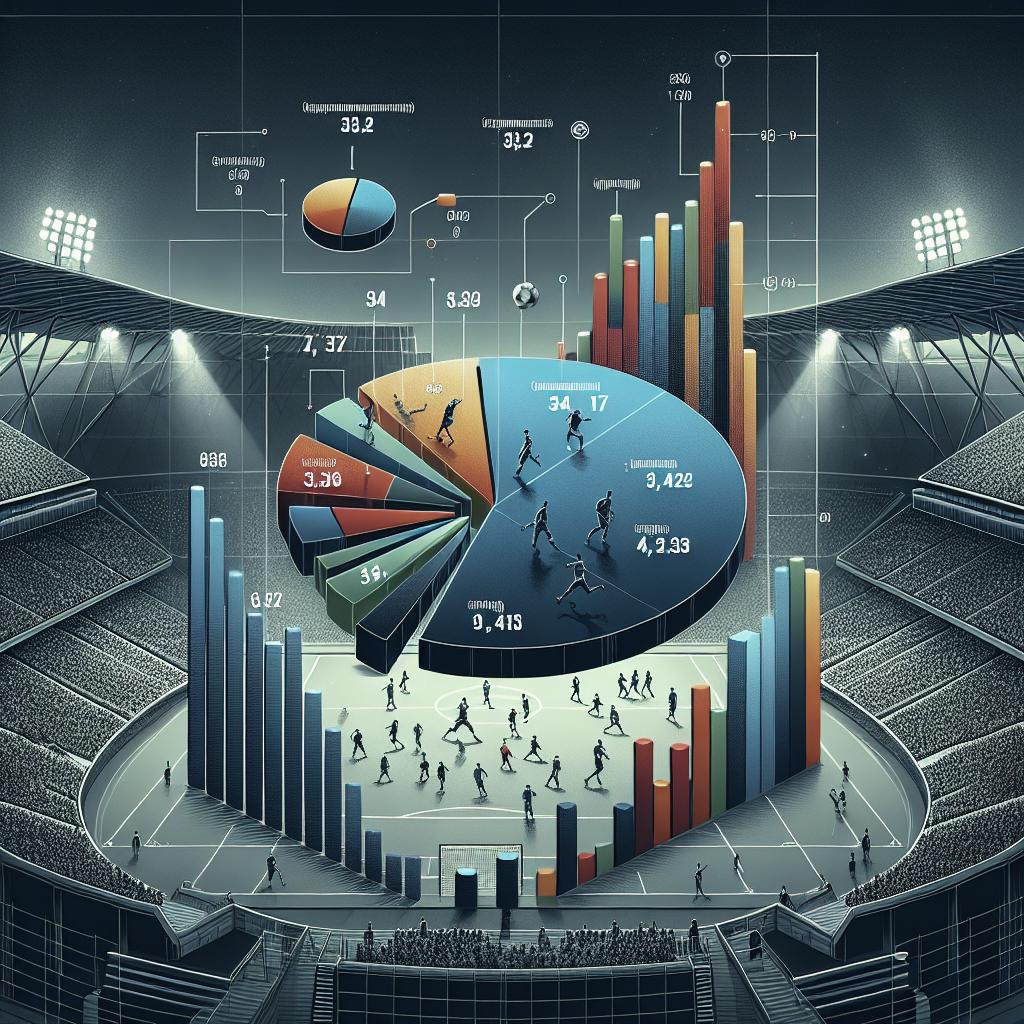How to Analyze the Performance of Esports Teams The burgeoning world of esports has seen unprecedented growth, captivating millions worldwide. With this rise, analyzing the performance of esports teams becomes paramount not only for the teams themselves but also for fans and investors. In this article, we delve into a structured approach to analyzing esports performance. We cover aspects such as evaluating win-loss records, individual player performance, synergy within the team, and strategic game dynamics. Through our exploration, we aim to offer a comprehensive guide that empowers you with tools and insights to dissect esports teams like a professional analyst. Whether you’re an enthusiast, a prospective sponsor, or someone keen to deepen their understanding, this article will serve as an invaluable resource. Rate This Article The foundation of analyzing esports performance begins with establishing benchmarks and metrics. Statistical data often forms the core of any analysis, encompassing win/loss records, average game duration, and specific in-game accomplishments like objectives secured or kill-death ratios. By quantifying these statistics, one gains an initial perspective on where a team stands in relation to its peers. Beyond numbers, it is crucial to contextualize these statistics within the framework of league standings and historical performance. An esports team that consistently performs well against higher-ranked opponents demonstrates potential and capability, even if their overall win rate isn’t the highest. This method underscores the importance of qualitative insights alongside raw data. Thanks for Your Feedback Once you’ve rated and understood the general performance through stats, it’s essential to evaluate the feedback loops within the team and organization. One effective way to do this is through post-match interviews and player reflections. These offer insights into how the team perceives its play and areas they identify for improvement. Engaging with these reflections allows one to see beyond the surface statistics and understand the psychological and strategic elements at play. A team showing adaptability and learning from feedback can often be more resilient in upcoming challenges, an essential trait in the competitive world of esports. Tell Us More Diving deeper into performance analysis requires examining individual player statistics and mechanics. Key performance indicators (KPIs) such as reaction time, decision-making speed, and mechanical execution help determine a player’s contribution to the team’s overall success. Equally important is the player’s adaptability to different roles and strategies within the game. Evaluating the versatility and growth trajectory of players offers a glimpse into the potential longevity and development of the team. More Articles on Esports Exploring broader resources can expand one’s understanding of esports dynamics. Dedicated esports analyses often cover metagame trends and strategic evolutions that have an impact on team performance. These resources help identify how external factors such as game patches or changes in competitive formats affect team standings. Additionally, engaging with esports communities and forums can provide real-time insights and discussions around team performances and potential areas of concern or improvement. This crowd-sourced knowledge complements quantitative data, offering a clearer picture of a team’s standing in the esports realm. Are You Sure You Want to Delete Your Contribution? Evaluating a team’s synergy and communication is critical when analyzing performance. Smooth in-game communication, efficient call-outs, and a clear understanding of team roles contribute significantly to a team’s success. Observational data, such as during live streams or recorded games, helps discern these aspects. Coaching and team management also play vital roles in fostering a cohesive team environment. The effectiveness and adaptability of strategies, derived from coaching inputs, often differentiate top-tier teams from those in lower standings. Are You Sure You Want to Delete Your Reply? The strategic aspect of esports involves analyzing in-game decision-making, strategy execution, and adaptability to opponents. Identifying patterns in a team’s playbook allows for a prediction of future strategy and an understanding of their tactical mindset. Advanced analysis might involve reviewing game footage to dissect turning points, strengths, and weaknesses. Highlighting decisions that led to triumphant wins or crushing defeats showcases the team’s strategic depth or the need for strategic overhaul. 1 To summarize, a holistic approach to analyzing esports team performance encapsulates both quantitative and qualitative measures. It involves understanding win-loss metrics, individual player performance, team synergy, and strategic execution. The interplay of these variables determines not just current performance, but also a team’s potential for growth or decline over time. For stakeholders, building a comprehensive analysis based on these perspectives provides a solid foundation for decision-making, whether it be in the form of sponsorship deals, fan engagement, or strategic team changes. 2 Engaging with multiple resources, from statistical data to community discussions, offers a nuanced view of esports performance. This multifaceted approach is crucial, especially in a rapidly evolving field like esports where the landscape can shift with each new game update or emerging meta. Aspiring analysts should focus on continuous learning and adaptive strategies, aligning their insights with the latest trends and developments. This approach ensures a relevant and current understanding of team dynamics, aiding better predictive analyses and strategic input. 3 In the world of esports, where every small advantage can lead to victory, being equipped with the right analytical tools and insights is imperative. Fans, analysts, and teams alike benefit from understanding not just what makes a team successful, but also what factors contribute to their downturns. As esports continues to grow, so does the need for sophisticated analyses. The steps and techniques outlined in this guide aim to move you closer to expert-level comprehension, laying a foundation for deeper engagement within the esports community. 4 Ultimately, whether you’re observing the performance of a Championship Series contender or an emerging team in a regional league, having an arsenal of analytical tools at your disposal can significantly enhance your appreciation and understanding of esports. As you delve into the exciting and competitive world of esports, remember that ongoing development and learning form the backbone of any competent analyst’s skillset. Embrace the constant evolution of the scene and position yourself at the forefront of esports insights. ### Next Steps
| Aspect | Integration |
|---|---|
| Statistical Analysis | Utilize win/loss ratio and game specifics to form a baseline analysis |
| Feedback Mechanisms | Leverage player interviews to understand qualitative aspects |
| Player Performance | Examine KPIs like reaction time and adaptability |
| Community Resources | Engage with forums and articles for broader perspectives |
| Team Synergy | Assess communication and coaching dynamics |
| Strategic Analysis | Review game plays to evaluate strategic decisions |


